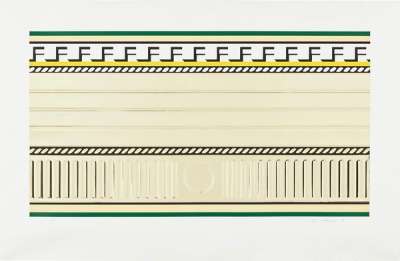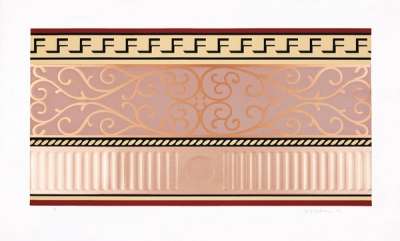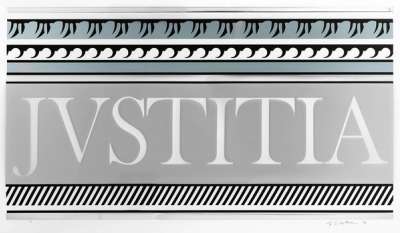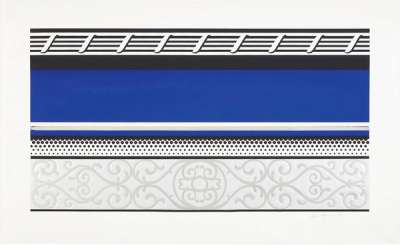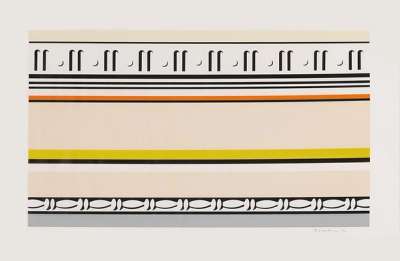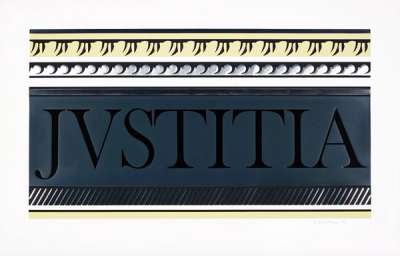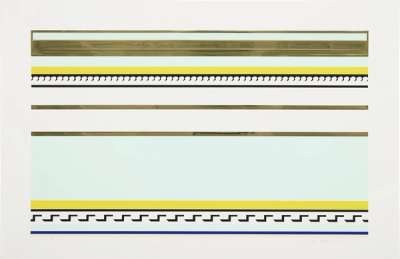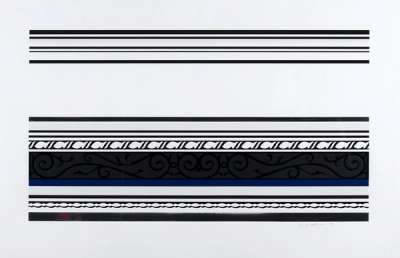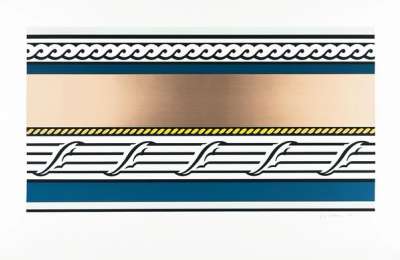
Entablature VII
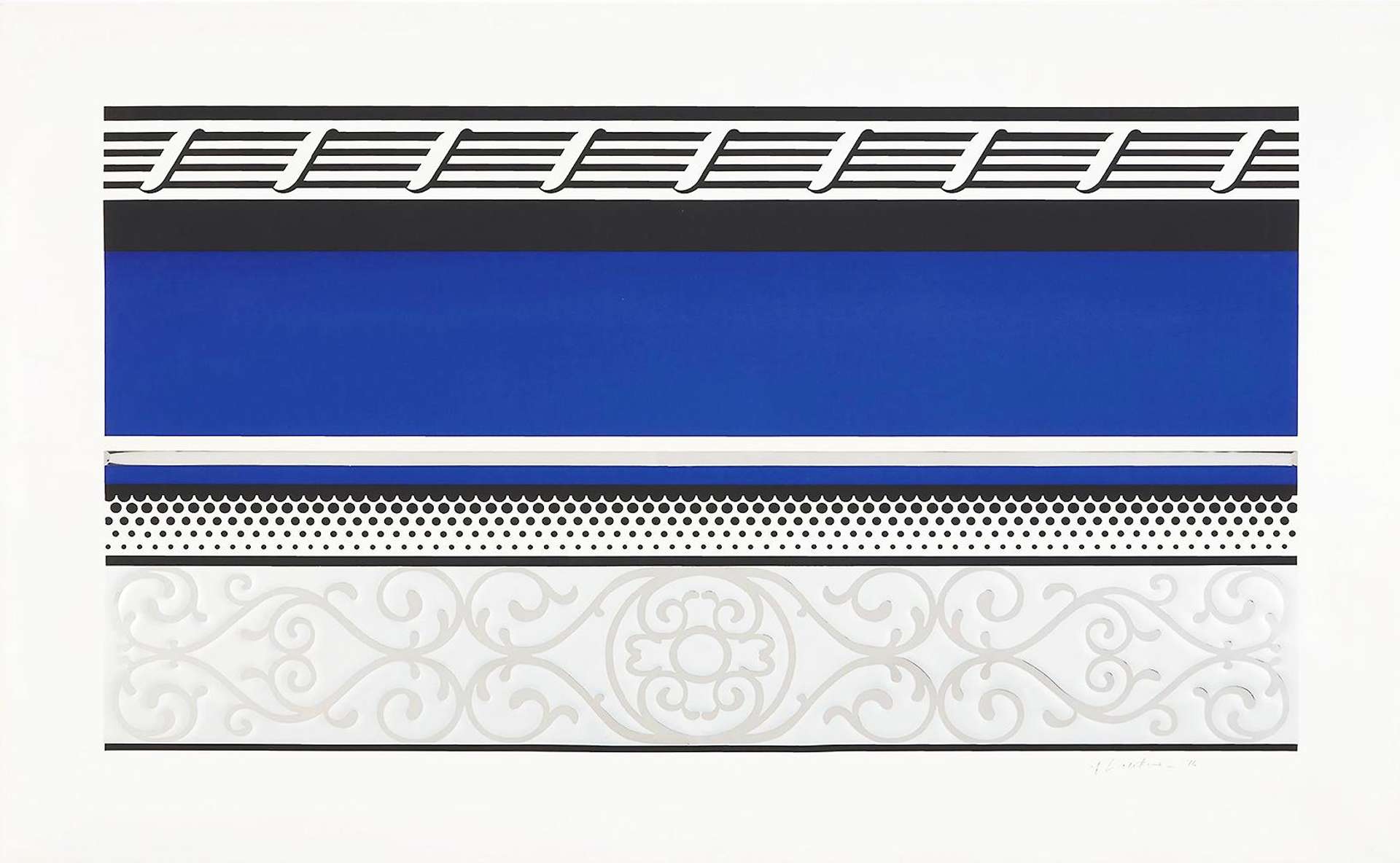
Entablature VII
Signed Print
Roy Lichtenstein
£7,500-£11,500Value
Indicator
$14,500-$22,000 Value Indicator
$13,000-$20,000 Value Indicator
¥70,000-¥110,000 Value Indicator
€9,000-€13,500 Value Indicator
$70,000-$110,000 Value Indicator
¥1,420,000-¥2,180,000 Value Indicator
$9,500-$14,500 Value Indicator
AAGR (5 years) This estimate blends recent public auction records with our own private sale data and network demand.
There aren't enough data points on this work for a comprehensive result. Please speak to a specialist by making an enquiry.
Medium: Planographic print
Edition size: 30
Year: 1976
Size: H 50cm x W 96cm
Signed: Yes
Format: Signed Print
MyPortfolio
Your collection tracked in real time.
Build your portfolio, manage valuations, view return against your collection and watch works you're looking for.
Track auction value trend
Auction Results
| Auction Date | Auction House | Artwork | Hammer Price | Return to Seller | Buyer Paid |
|---|---|---|---|---|---|
| March 2023 | Sotheby's New York - United States | Entablature VII - Signed Print | |||
| December 2021 | Quittenbaum - Germany | Entablature VII - Signed Print | |||
| May 2015 | Sotheby's New York - United States | Entablature VII - Signed Print | |||
| April 2013 | Doyle New York - United States | Entablature VII - Signed Print | |||
| January 2011 | Christie's Paris - France | Entablature VII - Signed Print |
Meaning & Analysis
Roy Lichtenstein’s highly innovative Entablature series of the 1970s combines complex screen printed and lithographed areas, embossed with glossy and matte metal foils. This limited and signed edition of 30 prints presents a richly textured illusionistic play on 20th century American architecture.
In his Entablature prints of 1976, Roy Lichtenstein expanded upon his previous exploration of issues concerning mechanical reproduction, representation and abstraction. These topics were prominent themes in a number of other series by the artist, including his Haystack series and his Bulls series.
The term entablature originated in classical Greek architecture, and refers to the horizontal structures found atop columns. In the 1970s, Lichtenstein spent hours on end wandering around New York City, capturing reliefs on building facades around Lower Manhattan. As opposed to his usual comic strip and advertisement sources, the photographs were the genesis of Lichtenstein's Entablatures.
Taking architectural ornamentation as the starting point for his Entablatures, Lichtenstein addresses the implied and culturally coded symbolism at play. The physical characteristics of the architectural reliefs appealed to the artist on account of their machine-made components. Moreover, his artistic take on these elements in the Entablature series reflects how his chosen designs are distinctly industrialised American imitations of classical architecture.
Similar to Entablature V, Entablature VII combines dark matte blue screen printed and lithographed areas with embossed glossy silver and black motifs. The richly textured print presents flat abstract patterns in an increasingly graphic manner, giving the impression of the paper being adorned by actual raised reliefs.
